Our visit to the Borscht Belt Museum
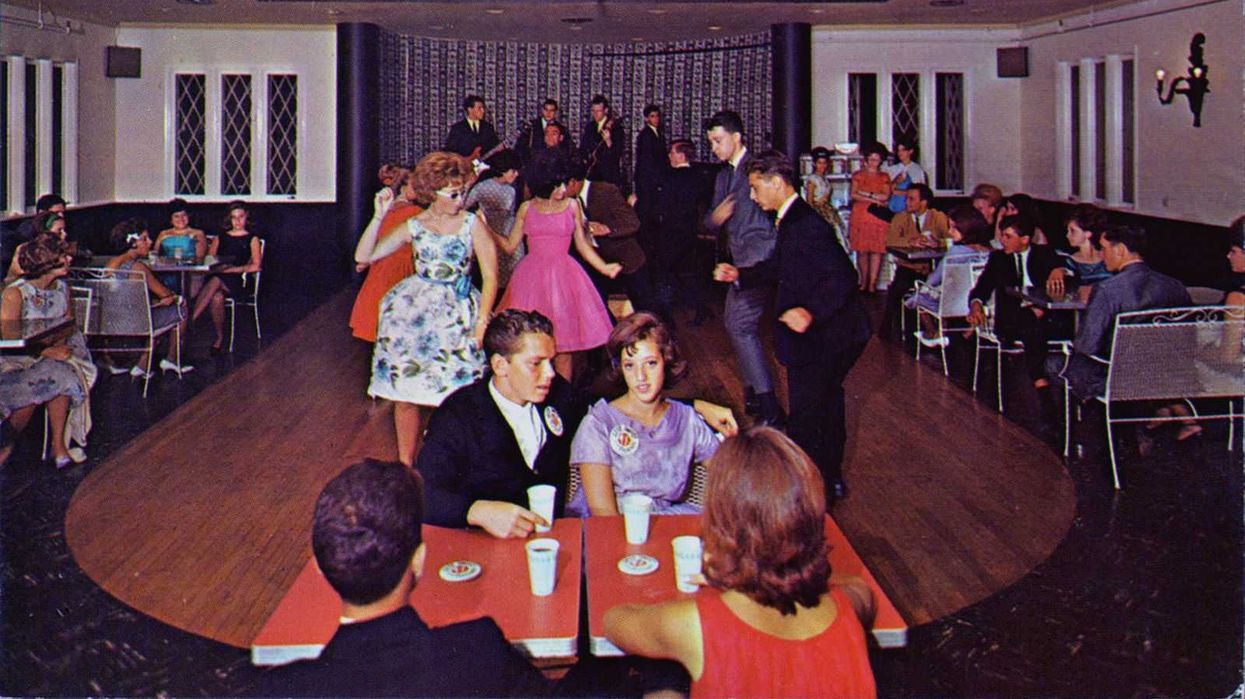
Dancers at the Raleigh Hotel's teen club, 1950s-early 1960s.
Provided

Dancers at the Raleigh Hotel's teen club, 1950s-early 1960s.
Our trip to the Borscht Belt Museum at 90 Canal St., Ellenville, New York, was a delight.
The museum brings the Catskills’ golden age to life through many great displays — photos, articles, videos, items, and even entire rooms recreated to resemble those in the hotels and bungalows that once dotted the area.
We learned a great deal about the many resorts in Ulster and Sullivan counties that sprang up during the 20th century. The history is truly fascinating. In the 1920s, many Jewish New Yorkers sought to escape city life and found cheap land in Sullivan County. Eventually, about 1,200 families established farms there.
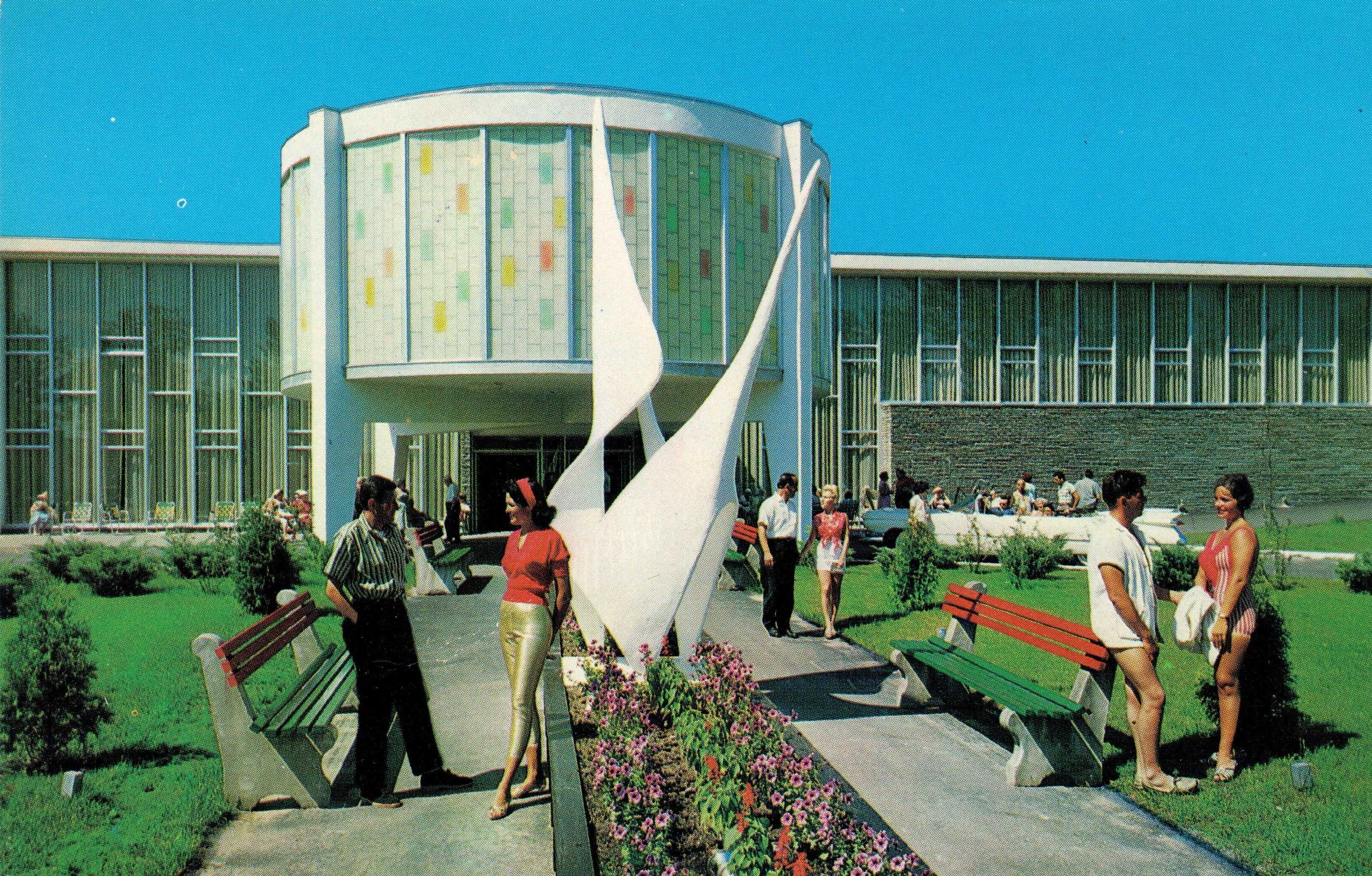
They raised dairy cows and meat animals — such as chickens, beef cattle, lambs and veal — but not pigs. They also grew vegetables. However, farming was difficult due to the area’s poor soil and the physical and financial challenges involved. Middlemen often cut into profits, so many farmers began renting out rooms and outbuildings, and feeding their guests.
These guests were treated like family and served wholesome food in generous portions, what they called “a full hand.” The farms had an abundance of meat, vegetables, milk and cream, and they made butter, sour cream and cheeses on-site. If a guest wanted another potato, they got one.
Soon, the farmers realized it was more profitable to grow hospitality than potatoes. The resorts emerged — organically, you might say. It was one of the earliest “farm-to-table” hospitality movements in the region.
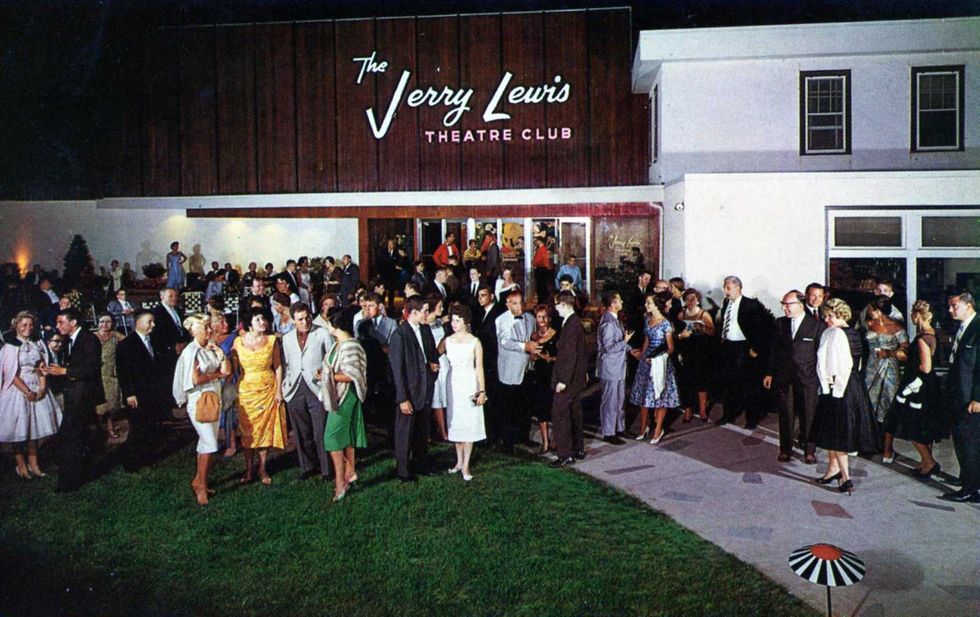
Eventually, some resorts added entertainment like music, dancing, comedy acts and the famous Simon Says game. They even offered childcare using local teenage counselors. It all worked remarkably well.
These resorts became springboards for musicians and comedians who went on to build careers and perform in larger venues, including Las Vegas.
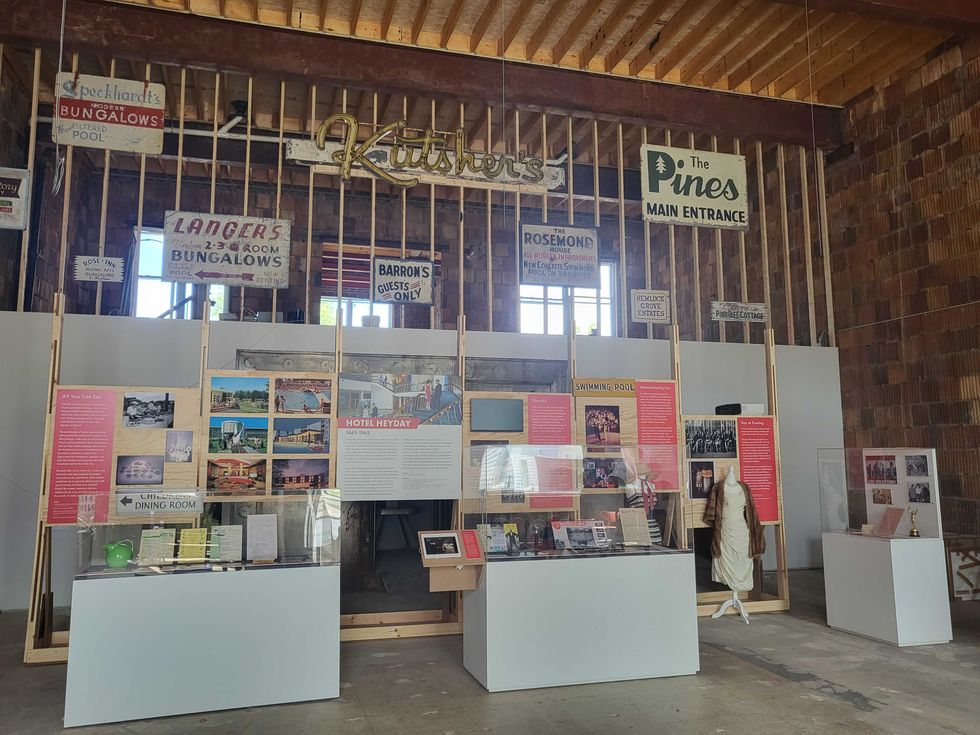
It’s all laid out wonderfully in a charming brick building for visitors to explore and enjoy. Plans are underway to open a restaurant there — tentatively named “Fort Lox” — featuring Jewish delicacies such as borscht, knishes, blintzes, and bagels with lox. Both indoor and outdoor seating will be available.
The addition of food will make the experience even more enriching, and we plan to return. But don’t wait — check it out now and relive the memories.
The Salisbury Winter Sports Association (SWSA) will host its annual Junior Jump Camp, a two-day introduction to ski jumping, on Saturday and Sunday, Dec. 27 and 28, from 9 a.m. to 2 p.m. at Satre Hill in Salisbury.
The camp is open to children ages 7 and up and focuses on teaching the basics of ski jumping, with an emphasis on safety, balance and control, using SWSA’s smallest hill. No prior experience is required.
The cost is $50 per child and includes instruction and lunch on both days. For more information or to register, visit www.skireg.com/swsa-camp or email info@jumpfest.org
Jesse Bunce, first selectman of North Canaan.
LITCHFIELD — The Northwest Hills Council of Governments welcomed six newly elected municipal leaders Thursday, Dec. 11, at its first meeting following the 2025 municipal elections.
The council — a regional planning body representing 21 towns in northwest Connecticut — coordinates transportation, emergency planning, housing, economic development and other shared municipal services.
Barkhamsted First Selectman Meaghan Cook, Goshen First Selectman Seth Breakell, Kent First Selectman Eric Epstein, Norfolk First Selectman Henry Tirrell, North Canaan First Selectman Jesse Bunce and Torrington Mayor Molly Spino were each elected to their post in November.
They filled the seats of their predecessors on the COG, who were each given a toast of appreciation: Nick Lukiwsky (Barkhamsted), Todd Carusillo (Goshen), Marty Lindenmeyer (Kent), Matt Riiska (Norfolk), Brian Ohler (North Canaan) and Elinor Carbone (Torrington).
COG Executive Director Rob Phillips said the outgoing members were given a going away mug that read “You’re living the dream still.” Members voted to appoint Warren First Selectman Greg LaCava to fill a vacancy on the Council’s Executive Committee. COG members voted by paper ballot, and LaCava defeated Burlington First Selectman Doug Thompson for the vacant seat.
Ryan Segalla takes a fadeaway shot over a defender.
FALLS VILLAGE — Housatonic Valley Regional High School’s boys basketball team defeated Pine Plains High School 60-22 in a scrimmage Tuesday, Dec. 9. The non-league preseason game gave both sides an opportunity to run the court ahead of the 2025-26 varsity season.
HVRHS’s senior-heavy roster played with power and poise. The boys pulled ahead early and kept their foot on the gas through to the end.
By halftime the score was 33-8. Junior varsity players subbed in for the second half, but not before the starters got some in-game dunk practice. By the end Housatonic totaled 60 points to Pine Plains’ 22.
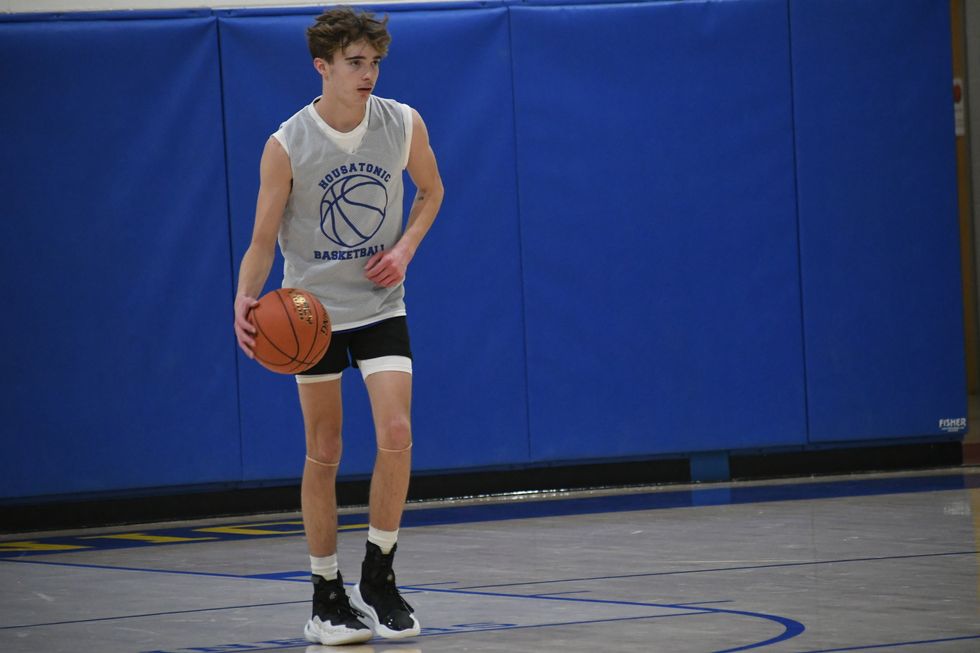
Nick Crodelle led the Mountaineers offensively with 13 points. Anthony Labbadia and Wyatt Bayer scored nine points each. Anthony Foley scored eight points. Owen Riemer and Ryan Segalla each scored seven points. Peyton Bushnell hit a three-pointer. Jaxon Visockis and Henry Berry each scored two points.
HVRHS begins Berkshire League competition on the road at Nonnewaug High School Tuesday, Dec. 16, with a 6 p.m. tip off.
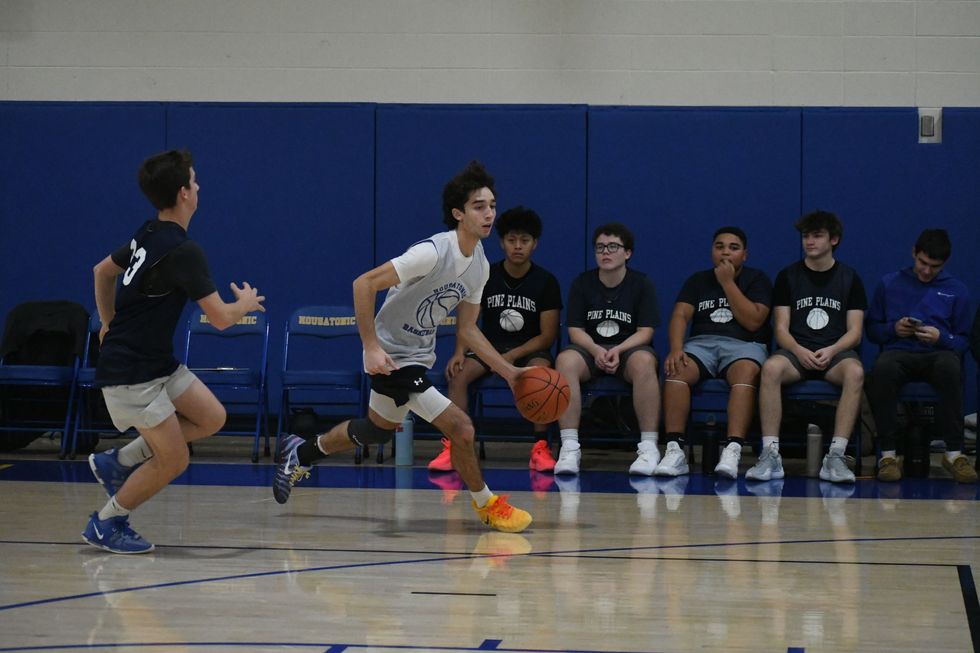
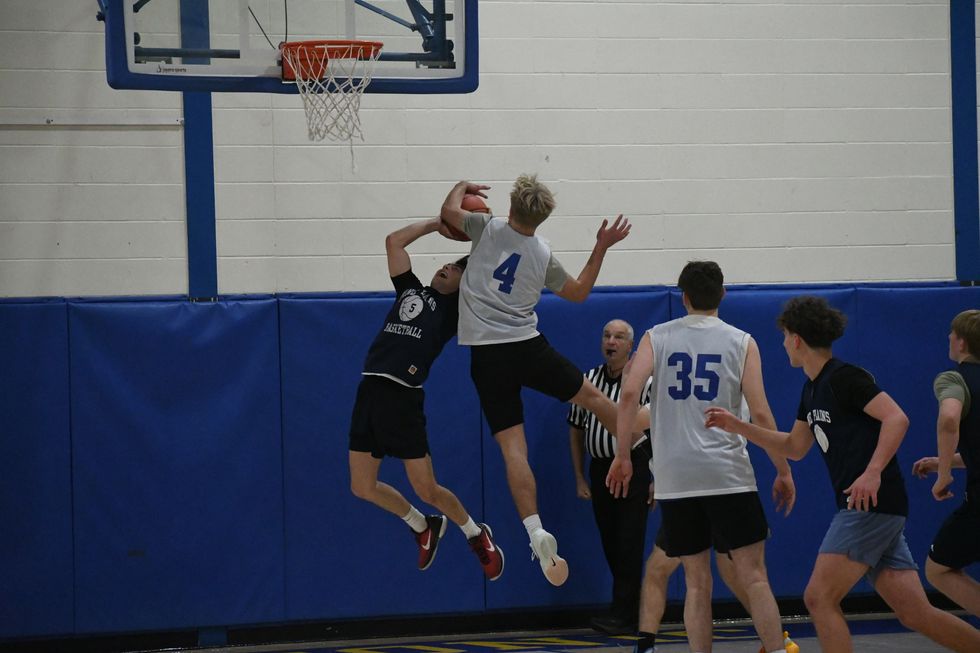
Katie Moore delivers toys to the Stuff a Truck campaign held by the Kent Volunteer Fire Department last weekend. Donated toys are collected so that parents, who need some assistance, may provide their children with gifts this Christmas. Accepting the donation are elves Fran Goodsell and Karen Iannucci
KENT — Santa’s elves were toasty warm as they collected toys for the children of Kent.
Keeping with annual tradition, Fran Goodsell and Karen Iannucci manned the Stuff a Truck campaign sponsored by the Kent Volunteer Fire Department on Saturday, Dec. 6, and Sunday, Dec. 7. Sitting in front of a fire pit in the firehouse parking lot between donations from residents, they spoke of the incredible generosity displayed every season. That spirit of giving was clear from the piles of toys heaped on a table.
“This is always so gratifying,” said Goodsell, noting that certain businesses, including High Watch Recovery Center, Wilson’s, and Kent and South Kent schools needed a “shout out” for all they’ve done. She said South Kent School focuses on gifts for older children, which is a group that often is overlooked.
Unwrapped contributions are sought for children 1 to 15 years old who might otherwise find little or nothing from Santa, they said. The bounty will be set up at the Community House on Thursday, allowing parents to come and take what they want. If there are still items left, grandparents are invited to “shop.”
The atmosphere was festive Saturday, as a stuffed dog began barking a Christmas tune whenever someone walked in front of it. A large decked-out bear posted at the parking lot entrance reminded passersby of the event. Visiting children were able to get a close-up look at the fire truck and walk through the firehouse if they wished.
Goodsell and Iannucci were very grateful to those who donated wood for the fire pit. “And so many asked if they could bring us coffee or hot chocolate,” said Iannucci.
Goodsell said many who came talked about having grown children who were recipients of the gifts when their families were struggling. “They are so glad to be able to give back,” she said.